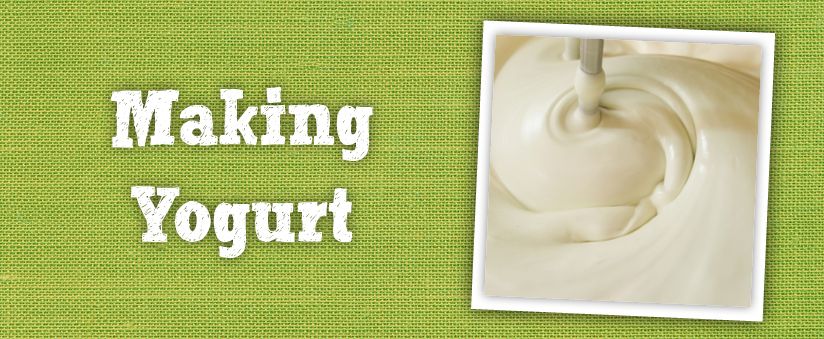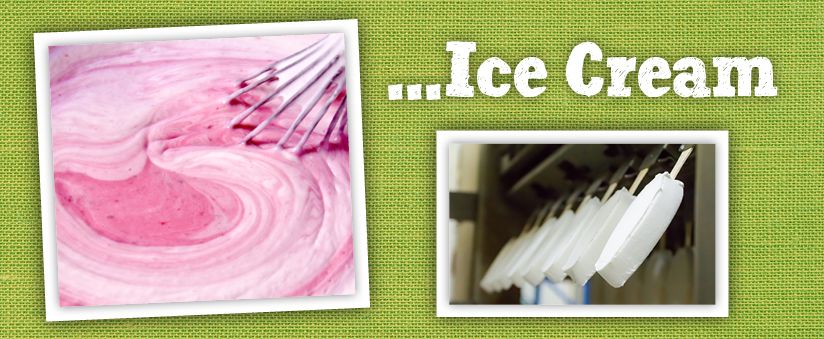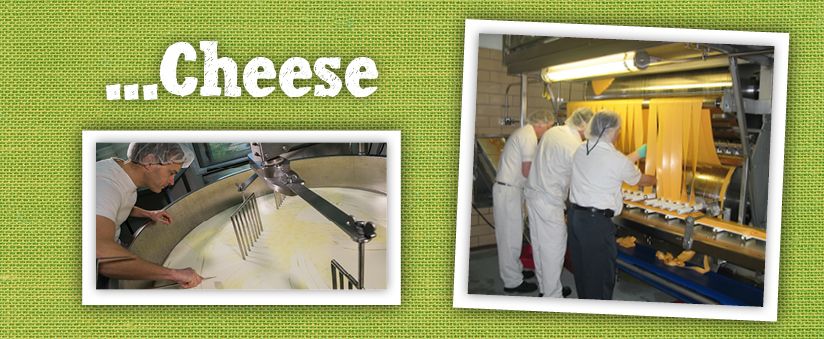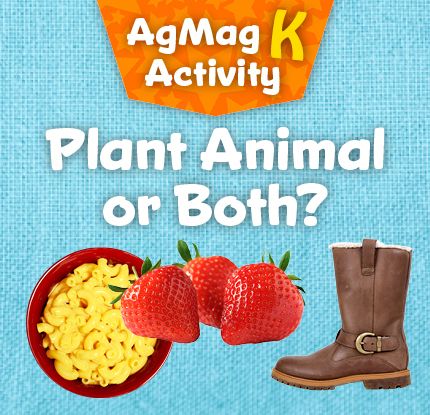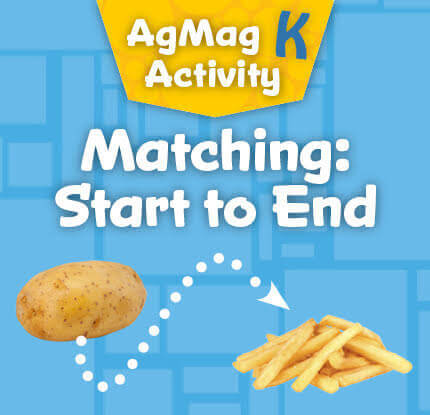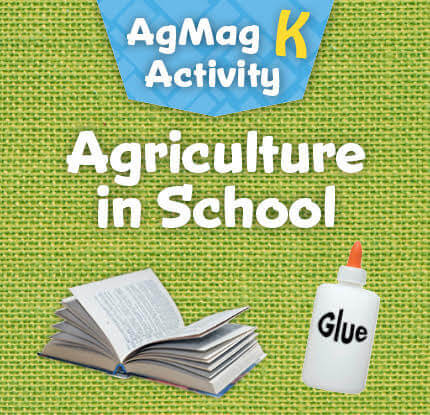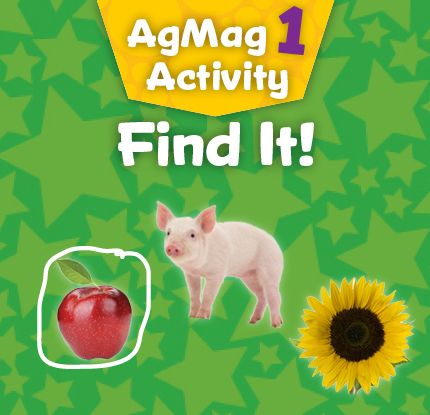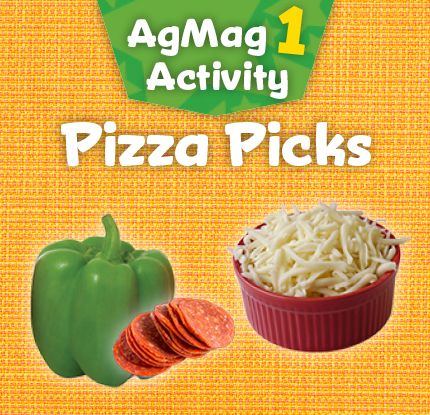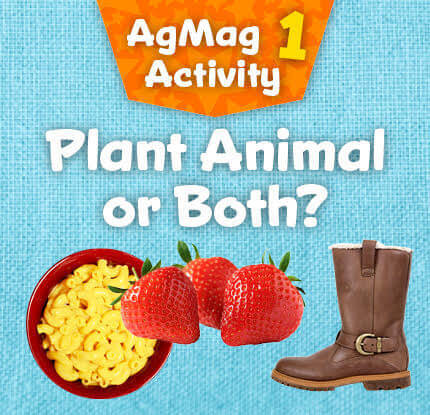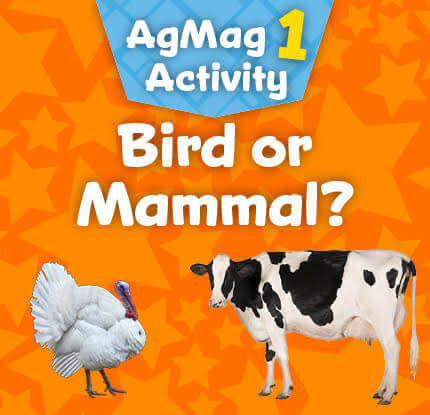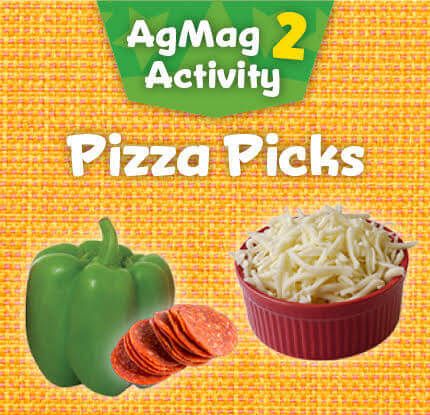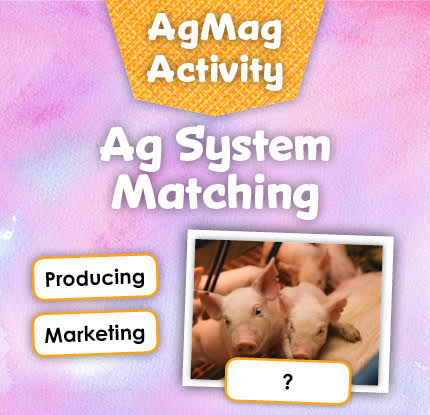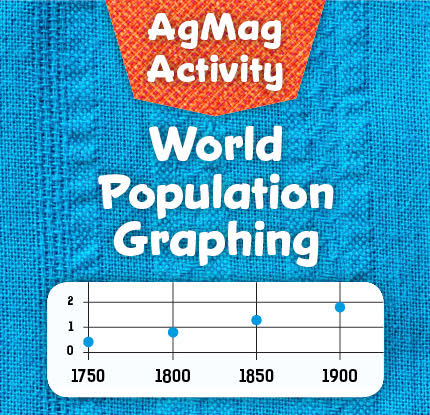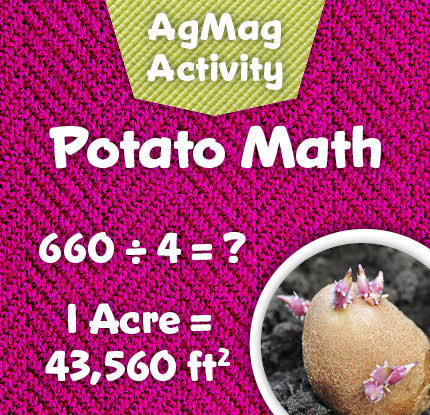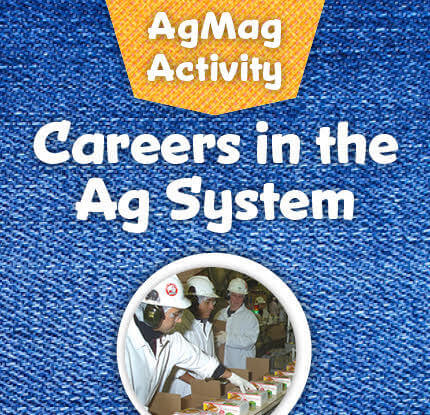Many Foods Start as Milk
In this issue of AgMag, you learned that "processing" is the part of the agriculture system where the raw product is changed into something else. Milk is a raw product that is made into so many different things, like yogurt, cheese, and ice cream. How does that change happen?
Yogurt
Do you like yogurt? Yogurt is made from milk. The process involves heating, cooling — and bacteria! To make yogurt, milk has to be heated to about 200 degrees Fahrenheit. The milk stays at this temperature until it thickens. Some yogurt makers do not thicken the yogurt much, while others thicken it quite a lot. The longer it is heated, the thicker it will be.
Once the milk is as thick as the makers want it to be, they quickly cool it down. Then bacteria is added. But this is special bacteria that does not make you sick. This kind of bacteria makes yogurt taste tangy. This is because the bacteria in yogurt produce lactic acid. That helps the yogurt thicken even more. Because many harmful bacteria cannot survive lactic acid, it also helps yogurt stay safe.
Yogurt producers can change the flavor by adding ingredients like fruits and flavor extracts like vanilla or lemon.
Cheese
Just as with yogurt, milk is heated up at the beginning of the cheesemaking process. For cheese, the milk is heated to between 77-100 degrees Fahrenheit. This causes the beginning of a starter culture. The starter culture takes the natural sugar in milk and ferments it until it becomes lactic acid. At that point, rennet is added. Rennet helps coagulate the milk. That means the milk starts to change from a liquid to a solid.
Once it becomes more solid, the cheese is heated to form curds. Have you ever eaten a cheese curd? Really fresh curds squeak when you bite into them! If the curds are not being sold as curds, they are shaped or put into molds to be formed into various kinds of cheese. Salt is added at this stage. Salt is important because it can prevent bacteria from forming, and it helps form the cheese's rind. Some cheeses are ready to eat. Others need to be aged, so they will grow more of a rind and develop certain flavors that take a longer time.
Ice Cream
Making ice cream is a pretty simple process. Cream and/or milk are combined with sugar and sometimes eggs and then frozen. The mixture is then pasteurized and homogenized. At this point, flavorings and sometimes candies or nuts are added. What are your favorite flavors? After the flavors are added, the mixture is put into a machine with special paddles or dashers. These move the mixture around in a process called "agitating." Agitating helps keep ice crystals small and adds air to keep the ice cream from forming a solid lump like an ice cube. That makes ice cream smoother and creamier.
Watch the videos below to learn about Redhead Creamery, a Minnesota dairy farm that raise milk-producing cows. They also use that milk to make yummy cheese!
Redhead Creamery
Redhead Creamery: From Milk to Cheese




